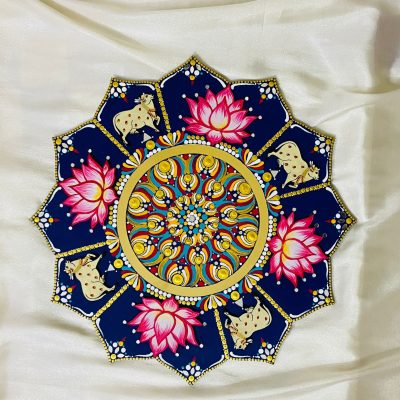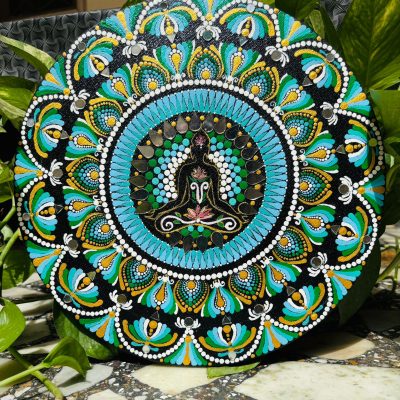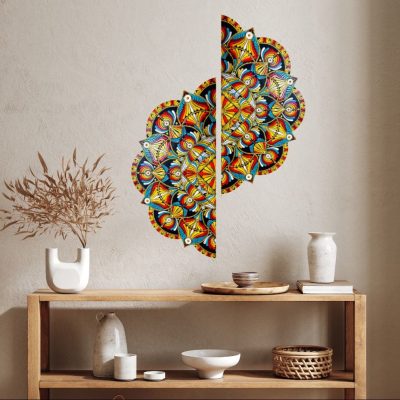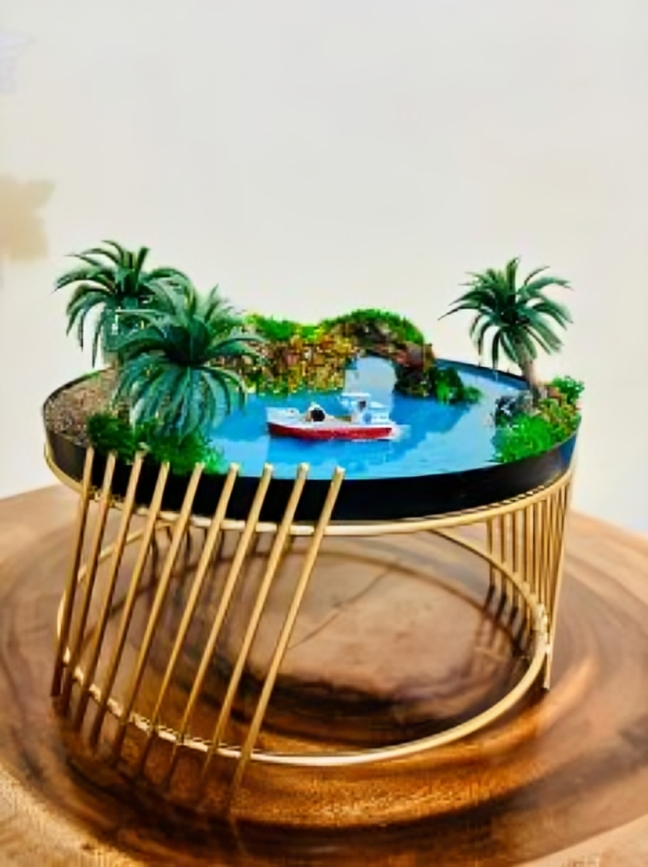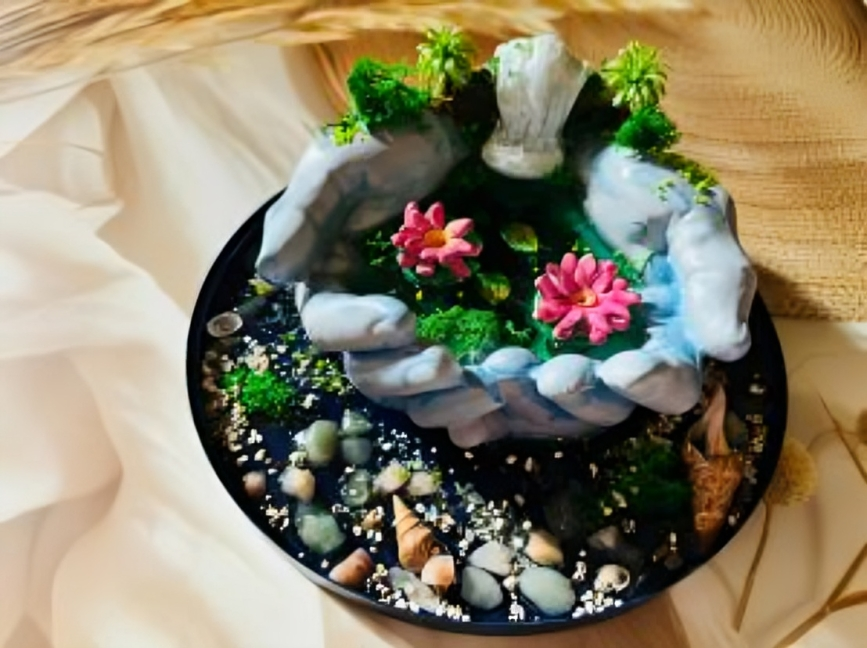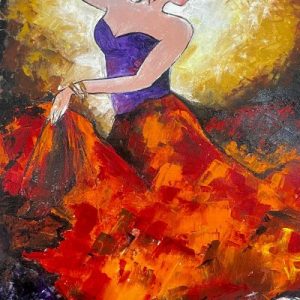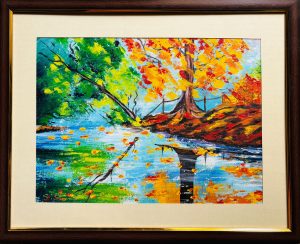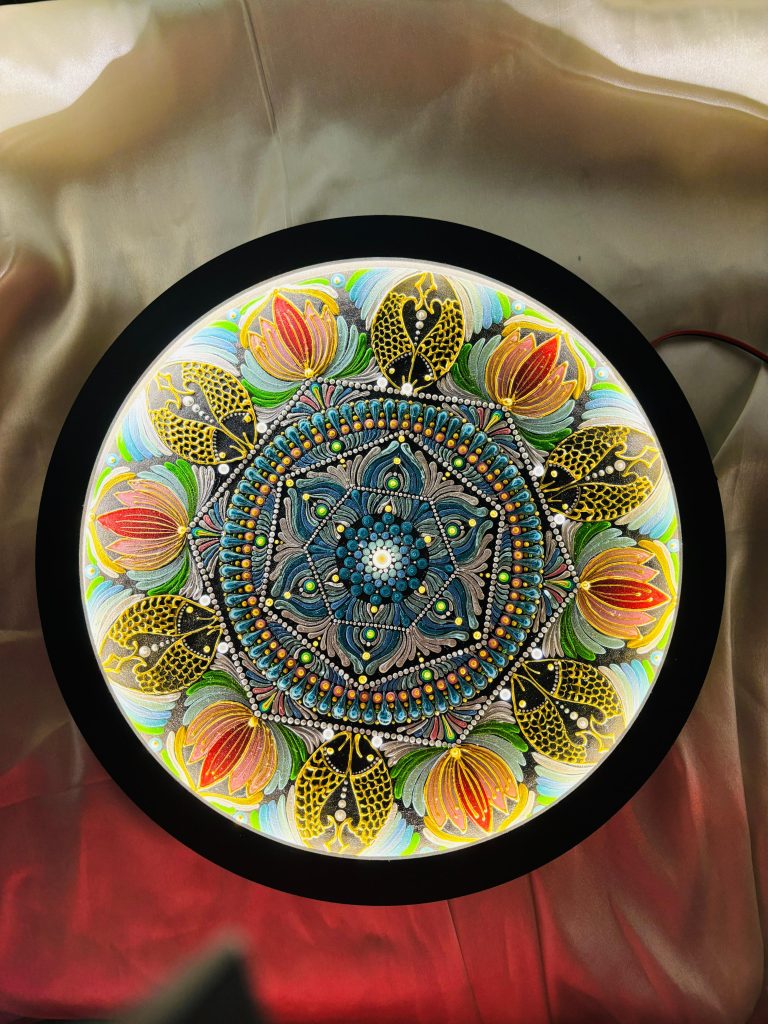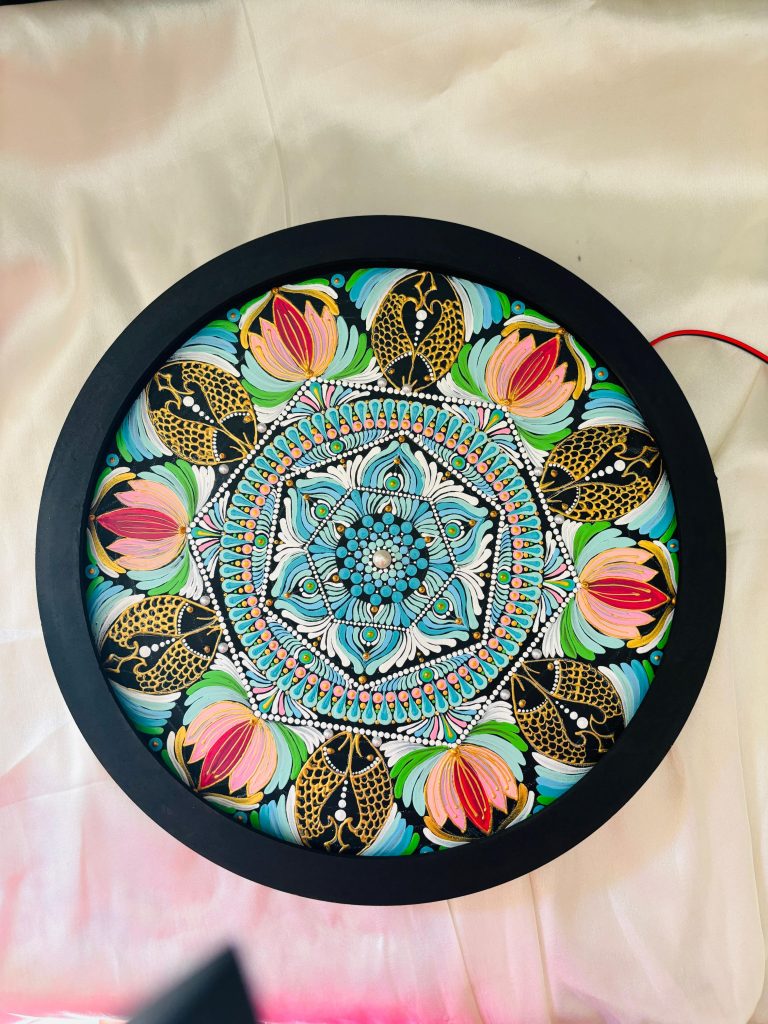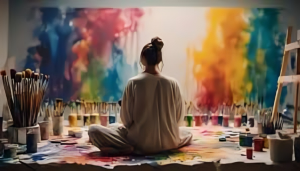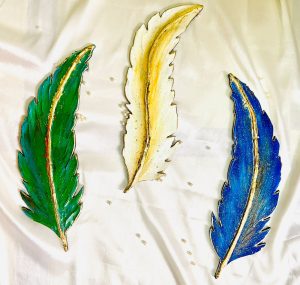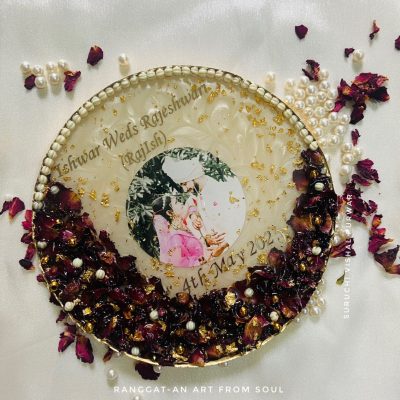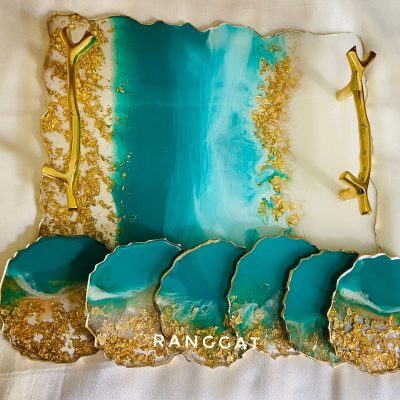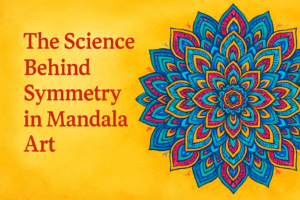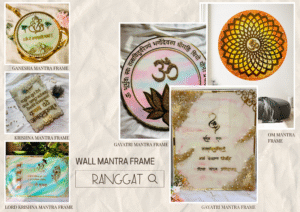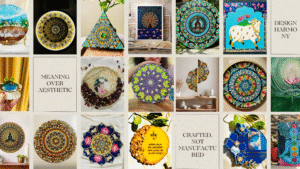Introduction to Mandalas: Sacred Circles of Harmony
“Mandala,” which means “circle” in ancient Sanskrit, is a symbol of unity and wholeness. For ages, mandalas have been used in many cultures, such as Native American, Buddhist, and Hindu customs. Originally used in meditation and ceremonies to lead individuals on enlightenment journeys, mandalas were spiritual symbols of the universe. They frequently had symmetrical patterns and layers of concentric circles, creating complex designs that were both visually appealing and meaningful.
Ancient Roots: Mandalas in Religion and Spirituality
In the beginning, mandalas were made as holy artworks that were frequently painted or drawn on temple walls or scrolls. Monks and practitioners of Buddhism and Hinduism used mandalas as centers for prayer and meditation. With the focal point representing the center of the universe or the core of the soul, each layer and design symbolized various aspects of the universe, gods, or human awareness.
Mandalas in Eastern and Western Traditions Mandalas become widely used in a variety of religious and cultural contexts over time. Sand mandalas, which represent the impermanence of life, became an important component of Tibetan Buddhism. Medicine wheels and other circular patterns were used as symbols of balance and harmony in Native American cultures. These symbols began to appear in Western art and psychology as the globe became more interconnected.
Mandalas in Modern Art and Design
Mandalas are now widely used as decorative and expressive art, transcending their religious and cultural origins. Mandalas are used by artists to combine traditional symbols with modern aesthetics in paintings, tattoos, and graphic designs. Mandala patterns are popular in many design areas, from fashion to interior decor, because of their symmetry and repetition, which promote relaxation and aesthetic appeal. Modern mandalas can be highly elaborate or minimalist, according to each person’s preferences, and frequently have spiritual or personal meaning.
Mandalas in Interior Design and Wellness Spaces Today, mandalas have become popular in interior design, where their beauty and calming effects are appreciated. Particularly in meditation rooms or wellness studios, mandala paintings, murals, and furniture pieces give living areas depth and tranquility. They are the perfect choice for spaces designed to promote calm and reflection because of their intricate designs, which promote mindfulness and add an environment of peace.

